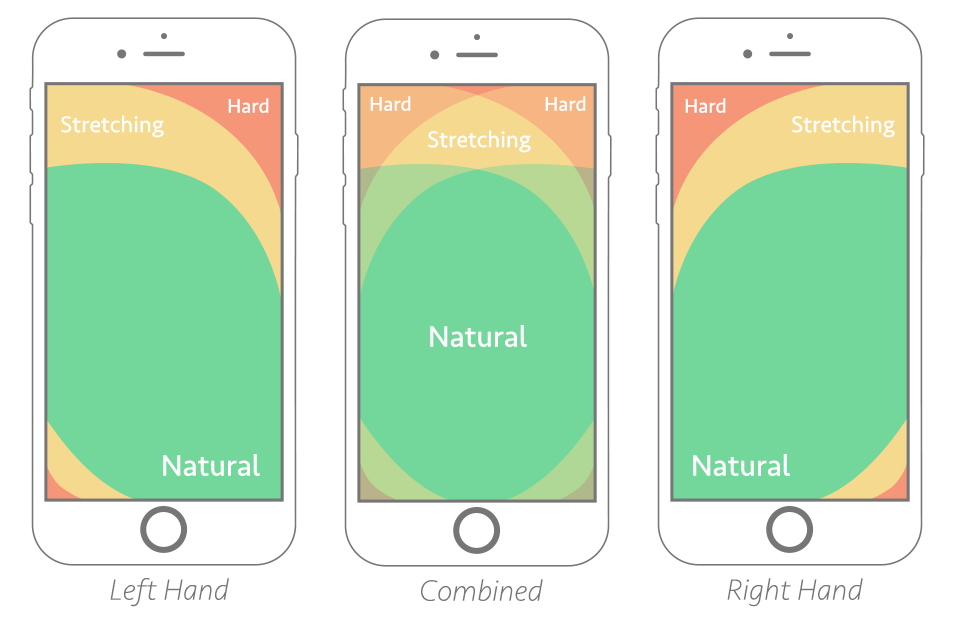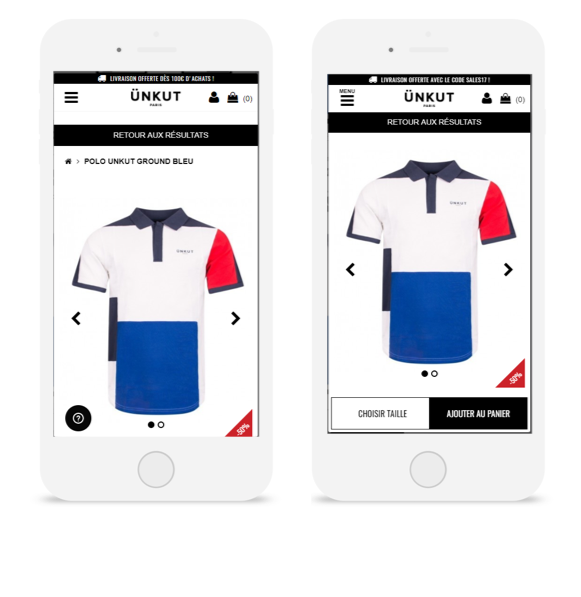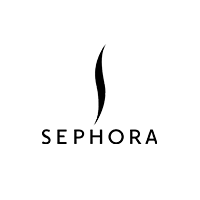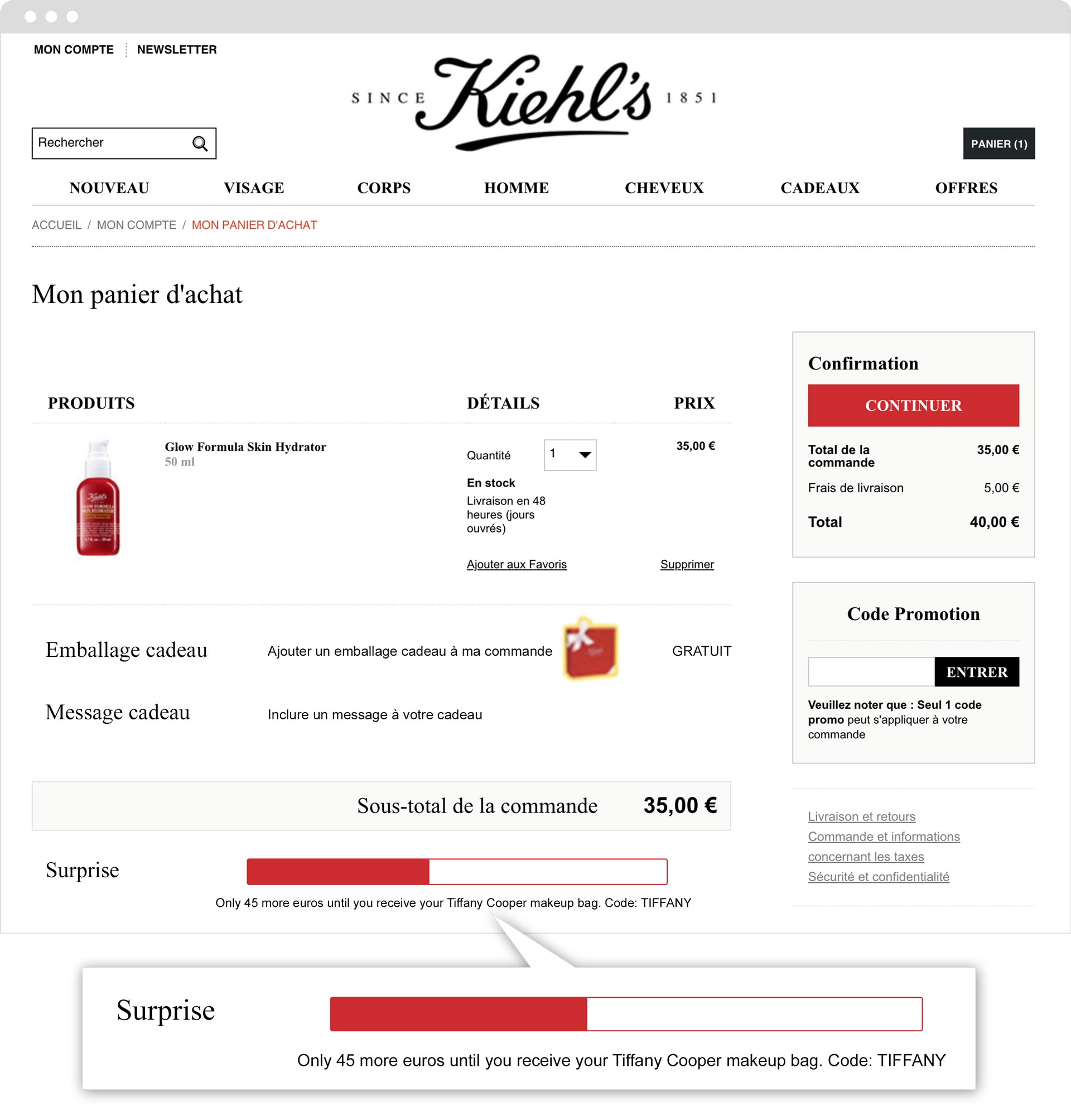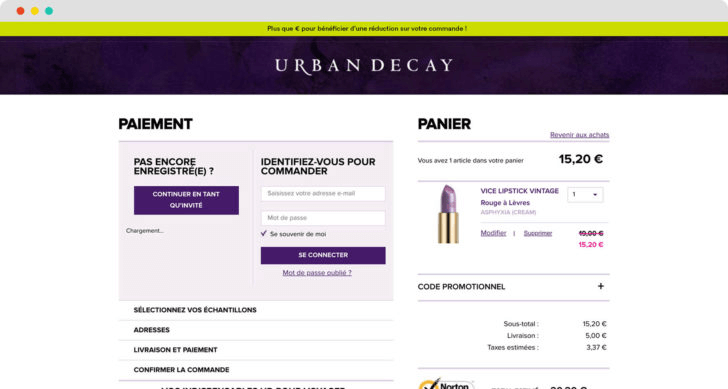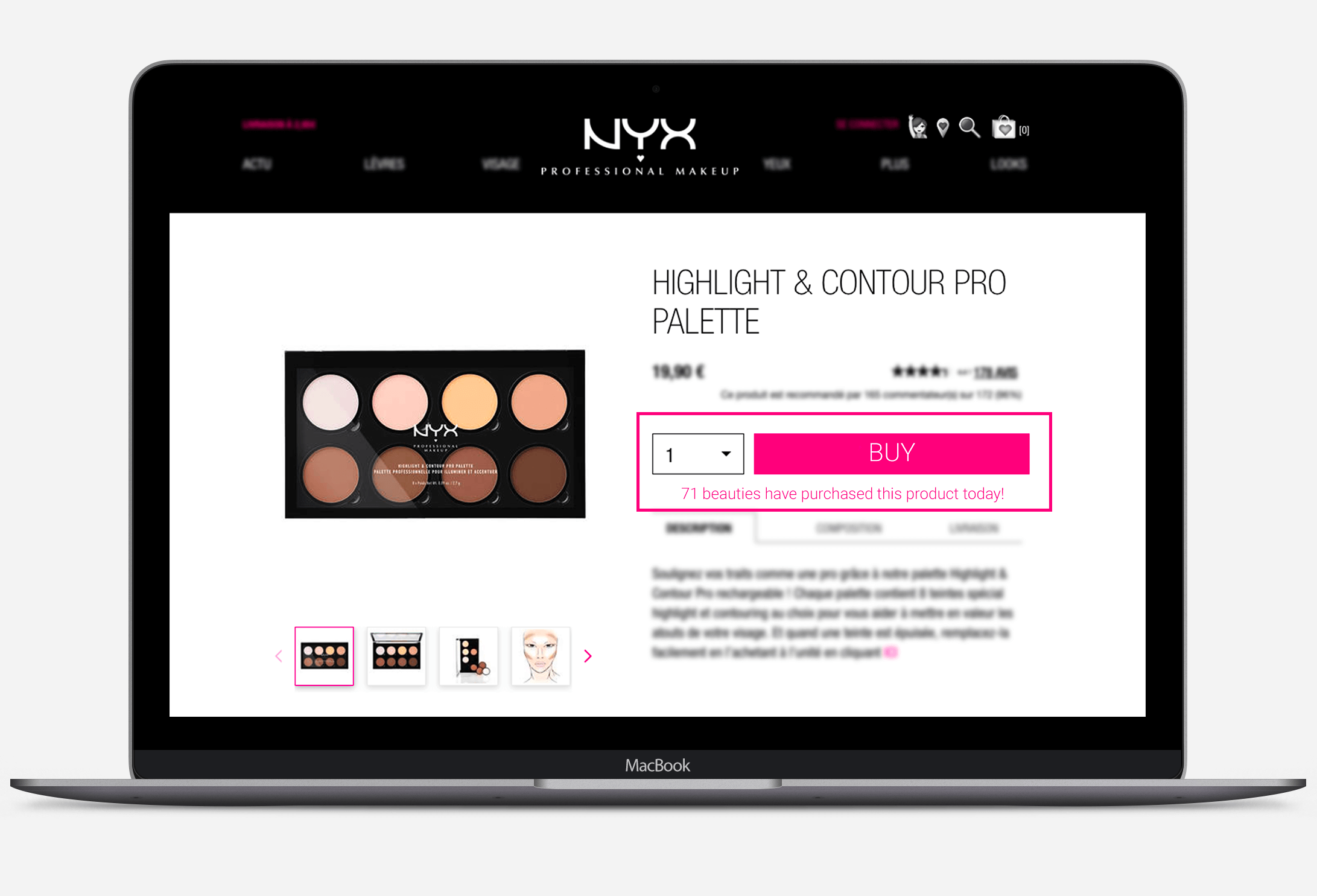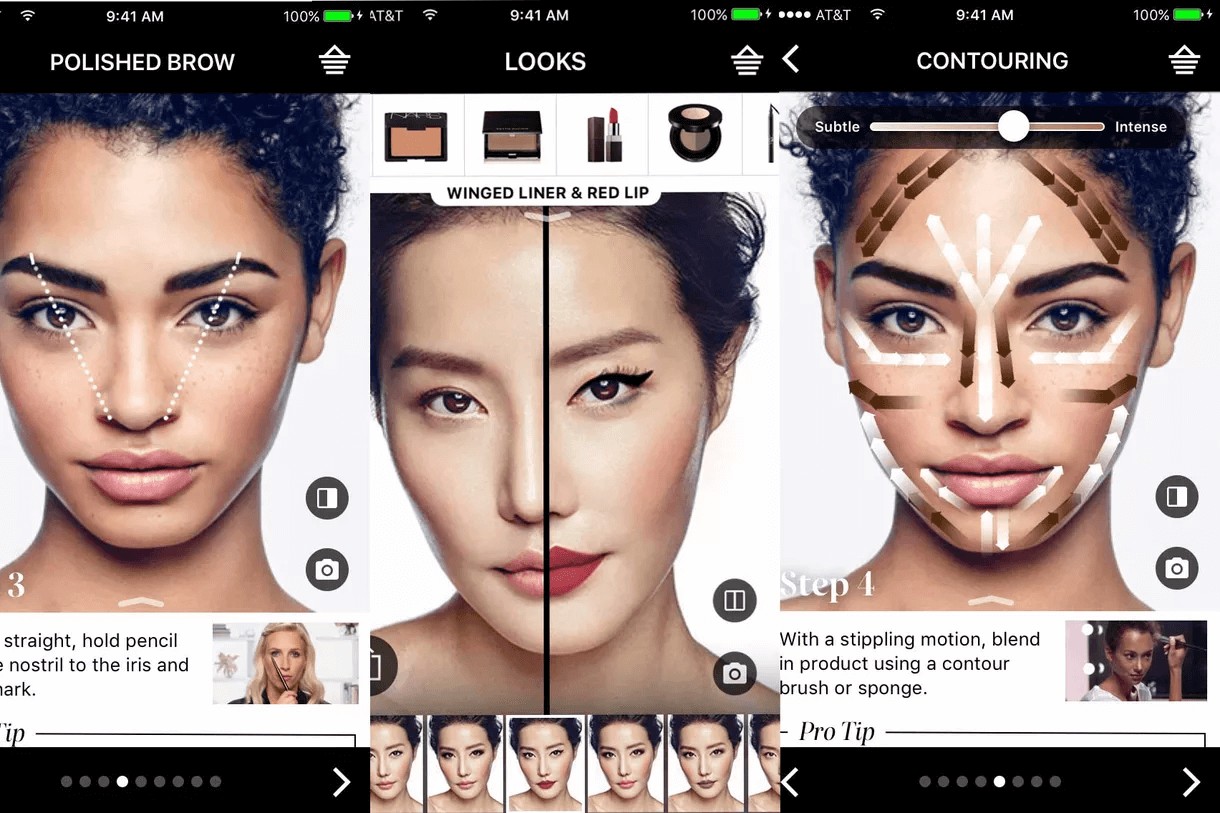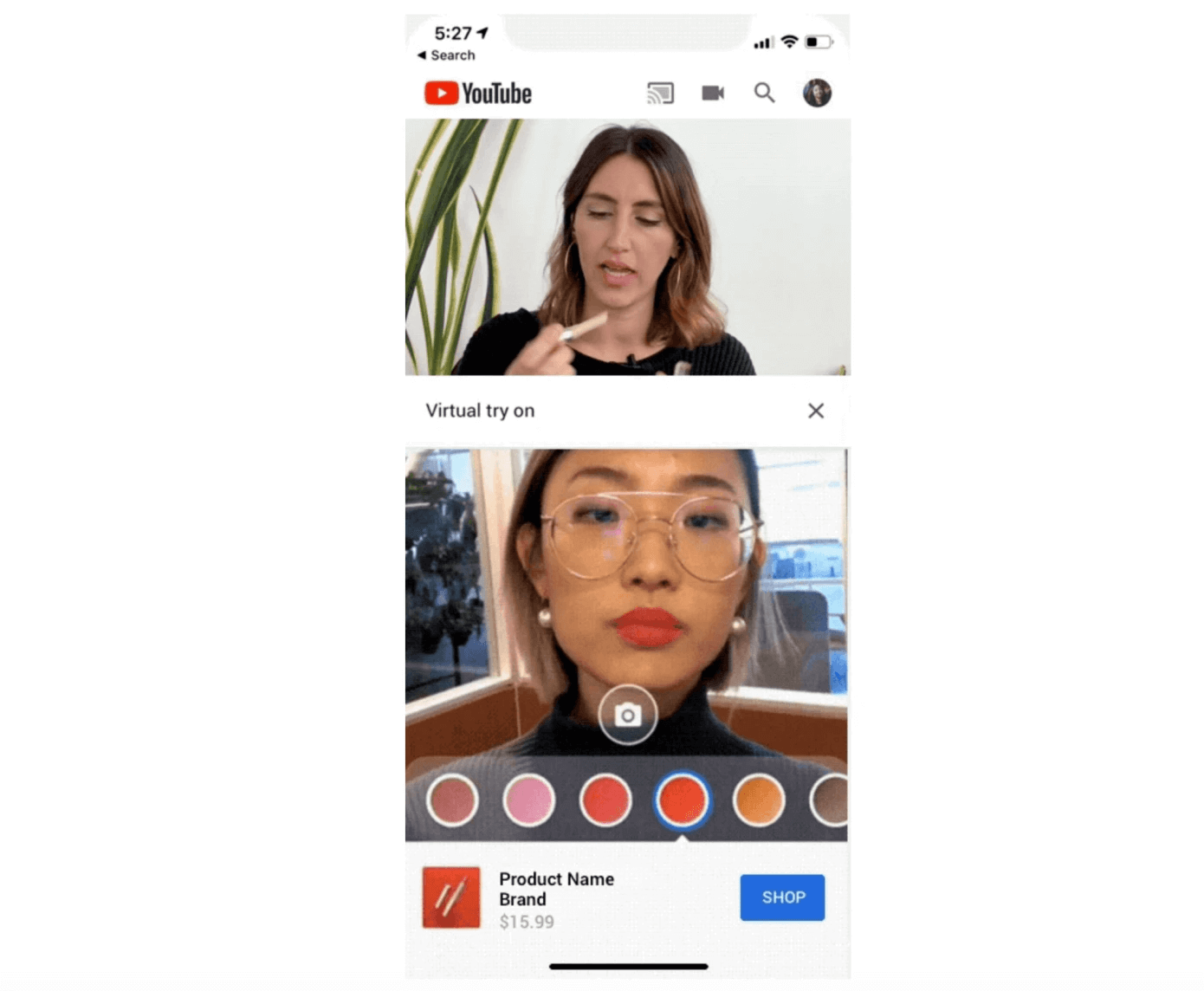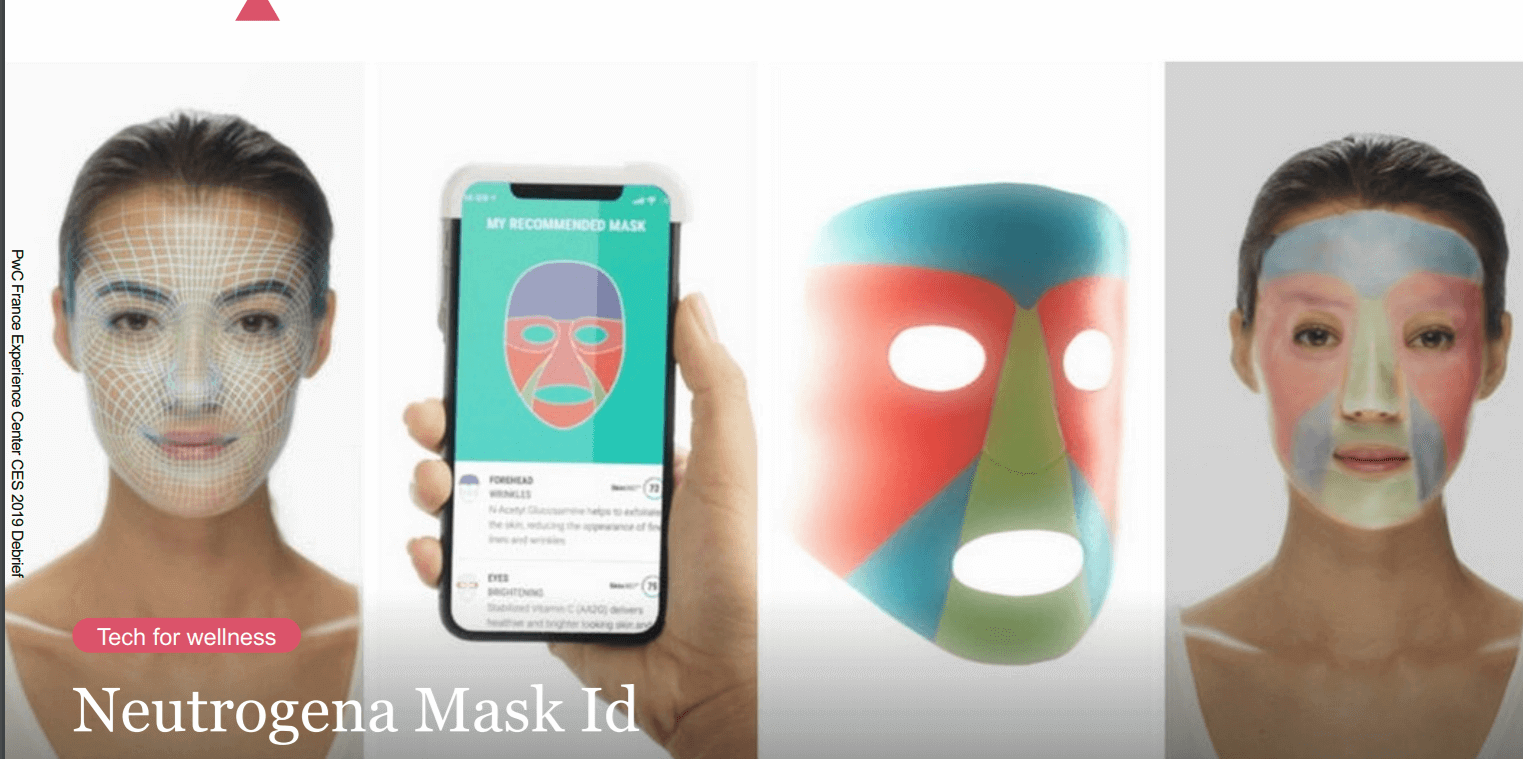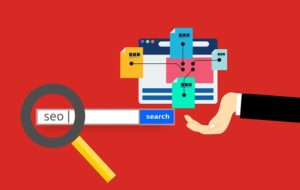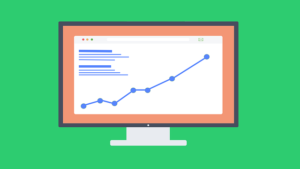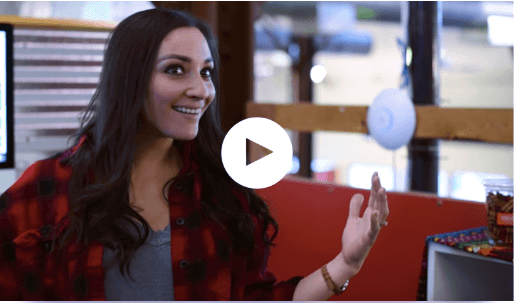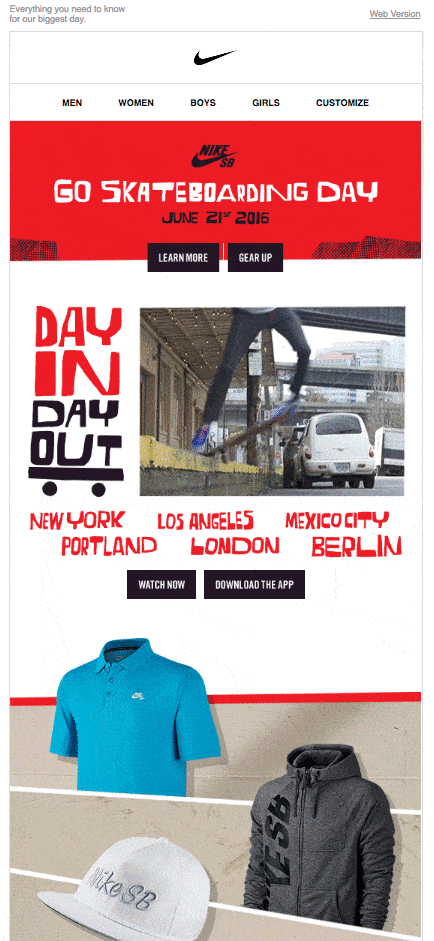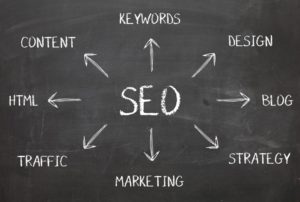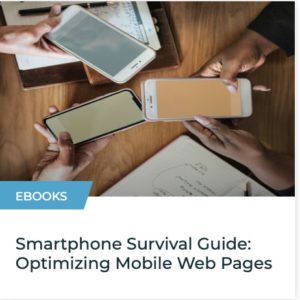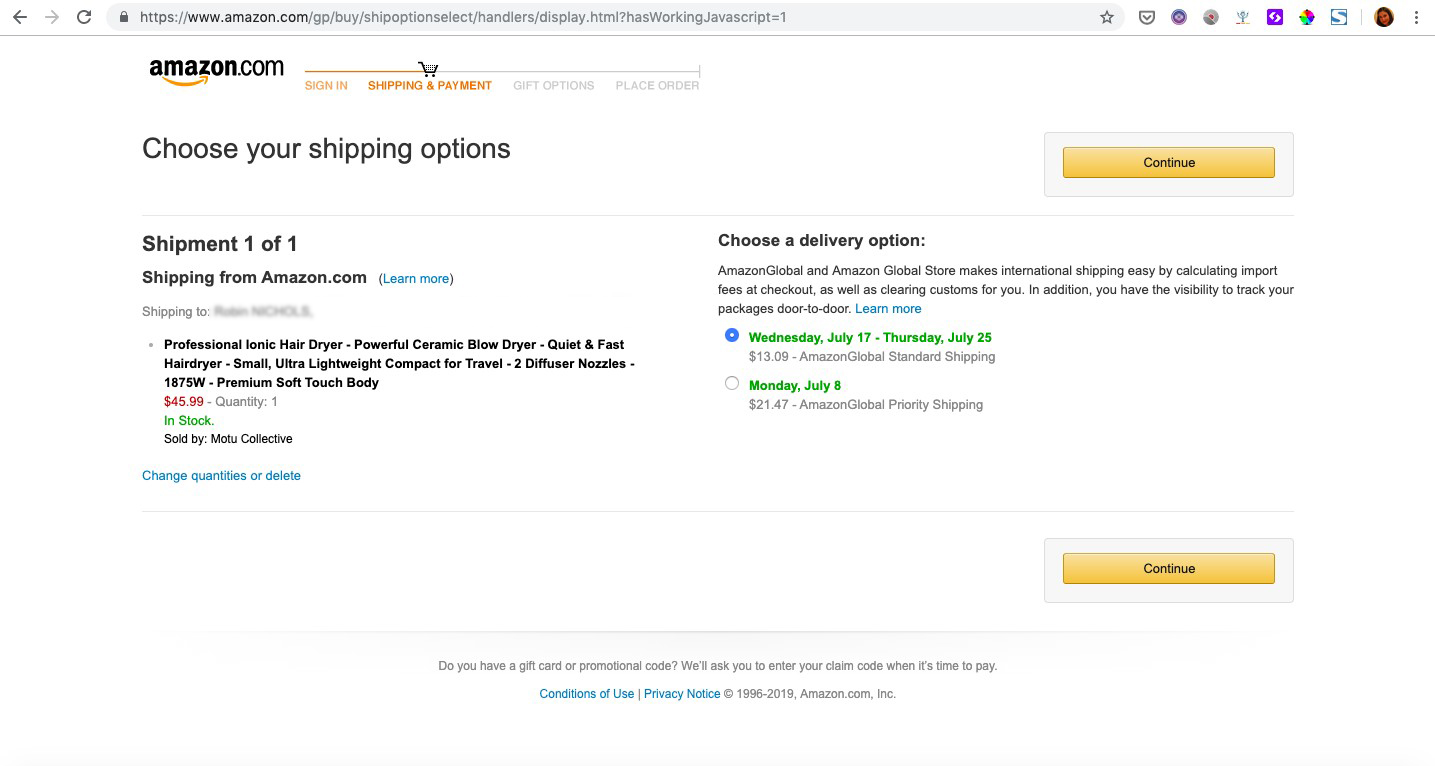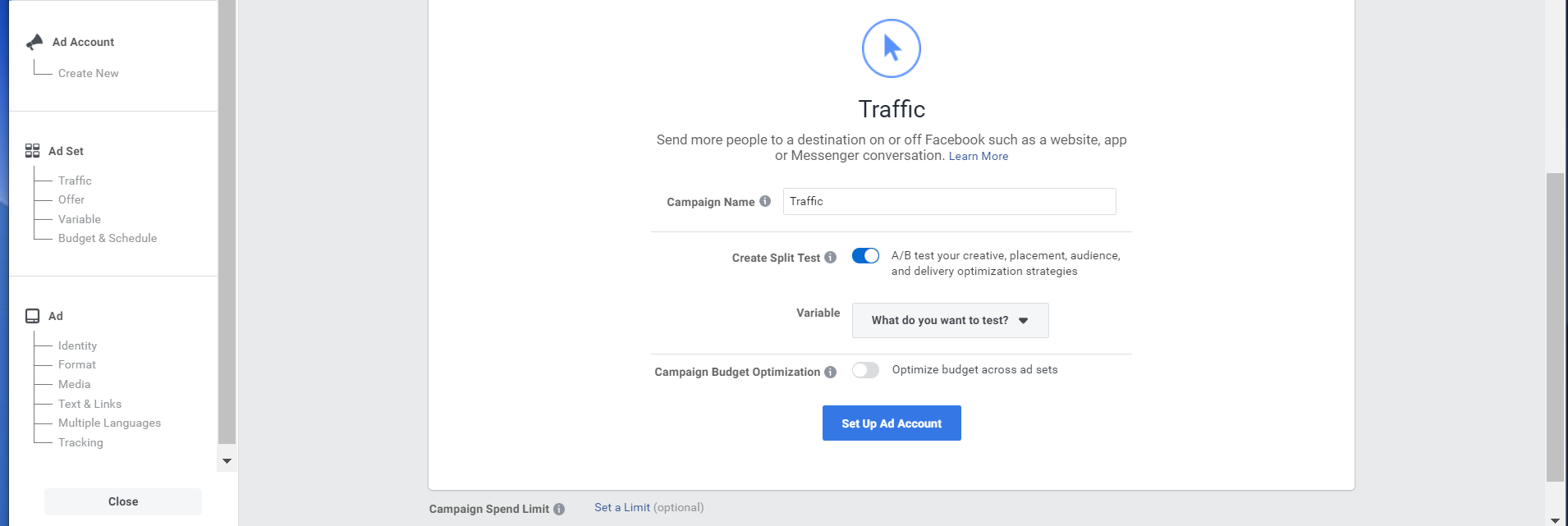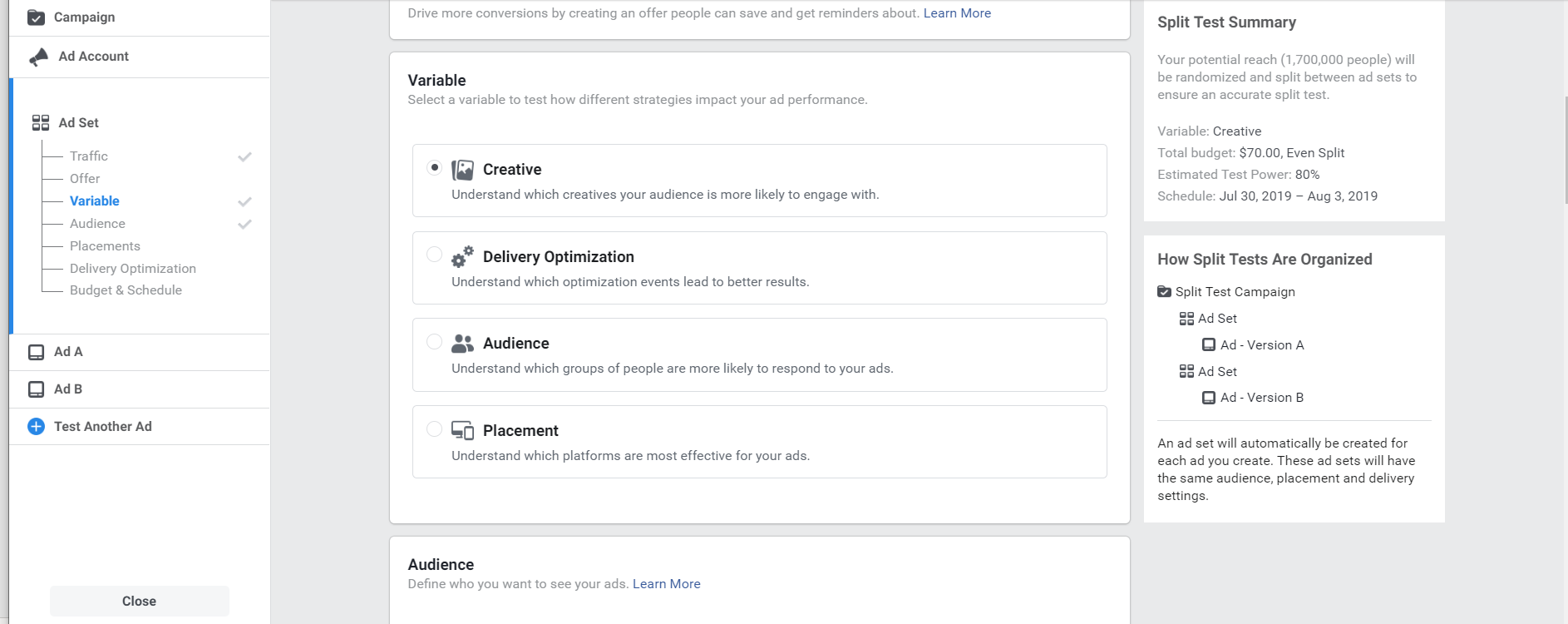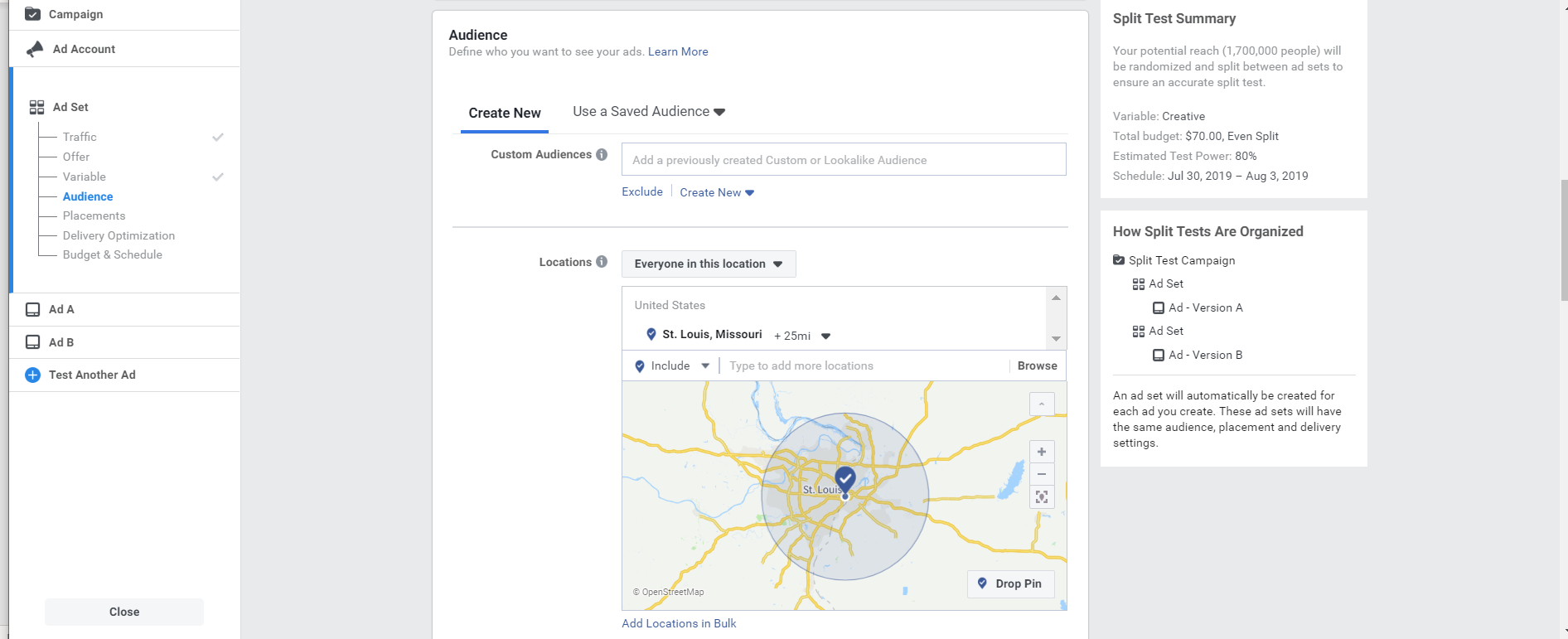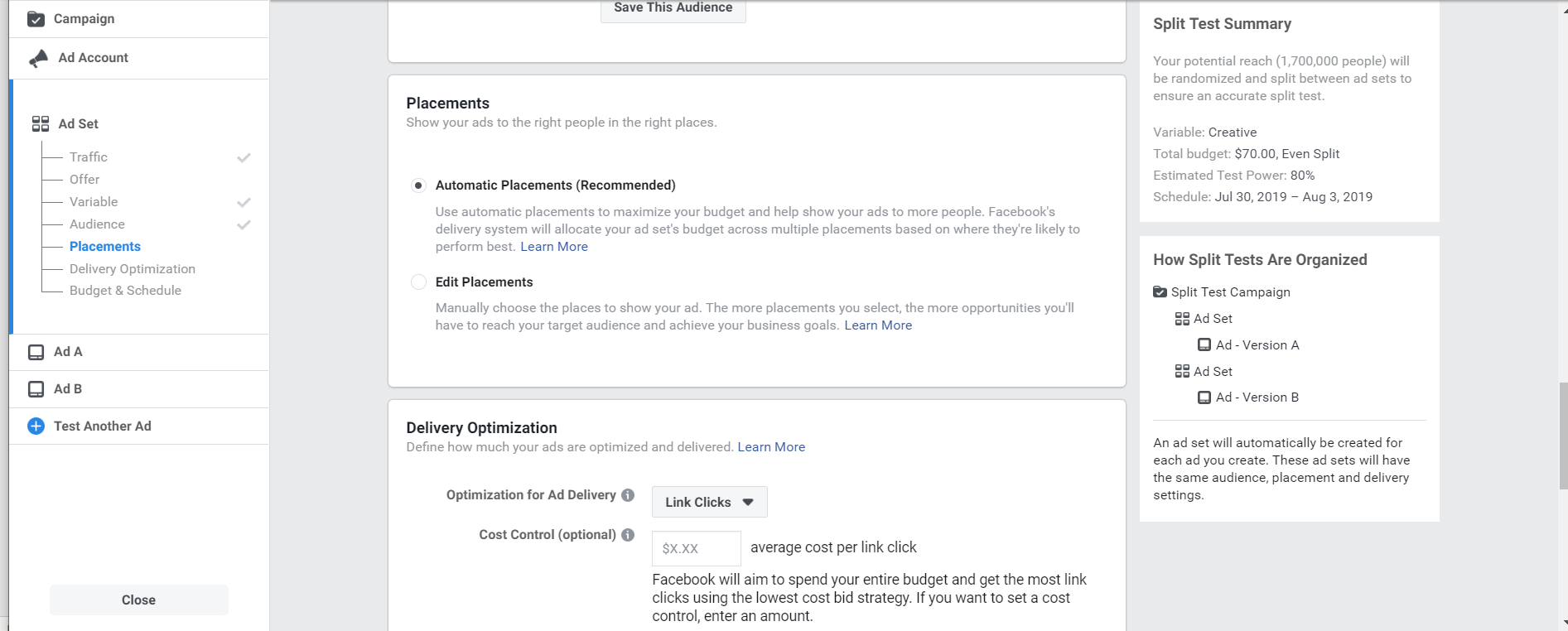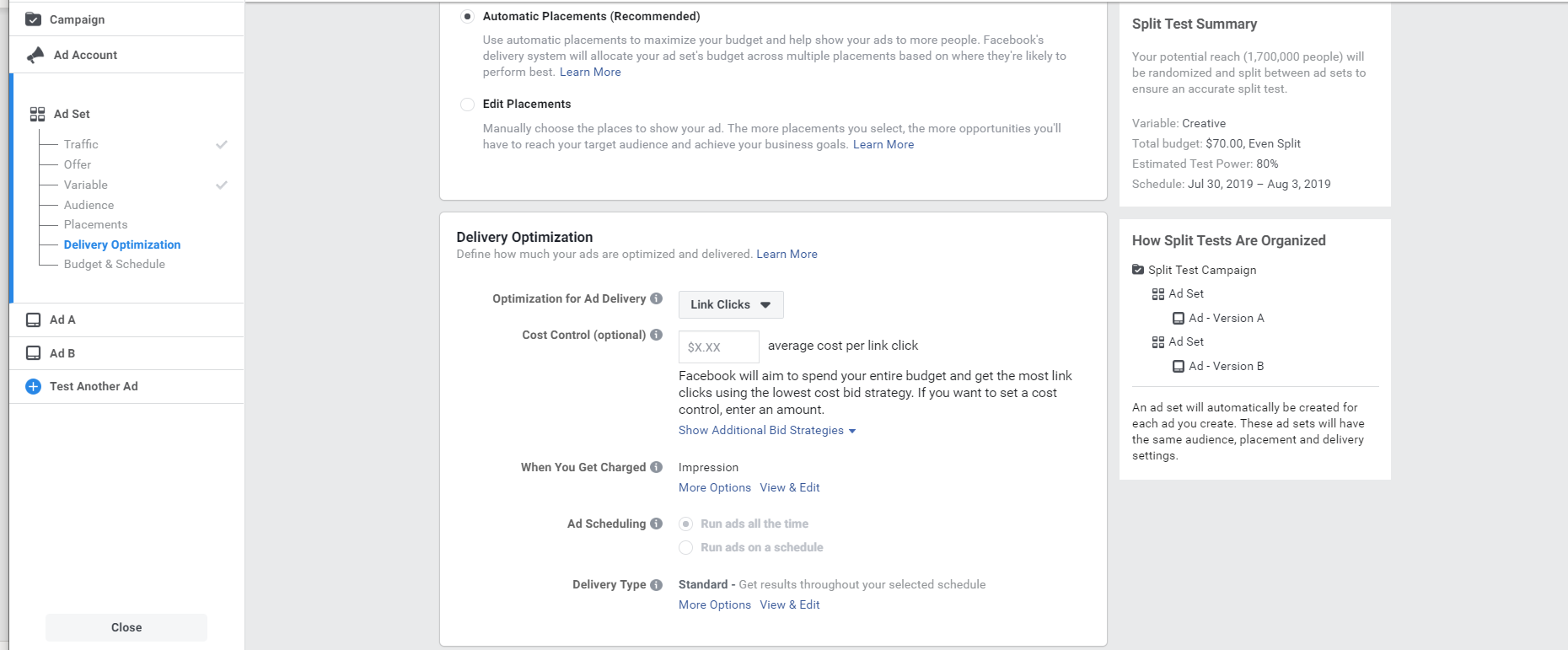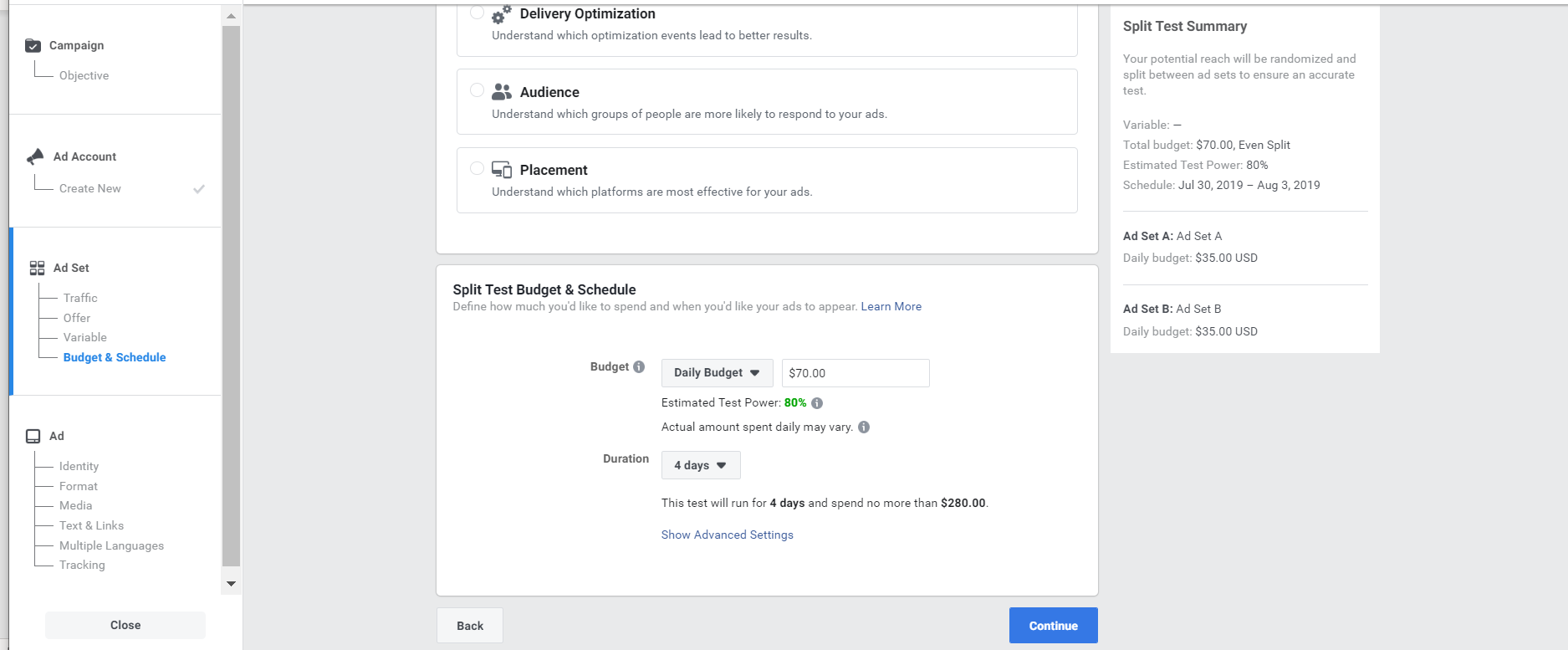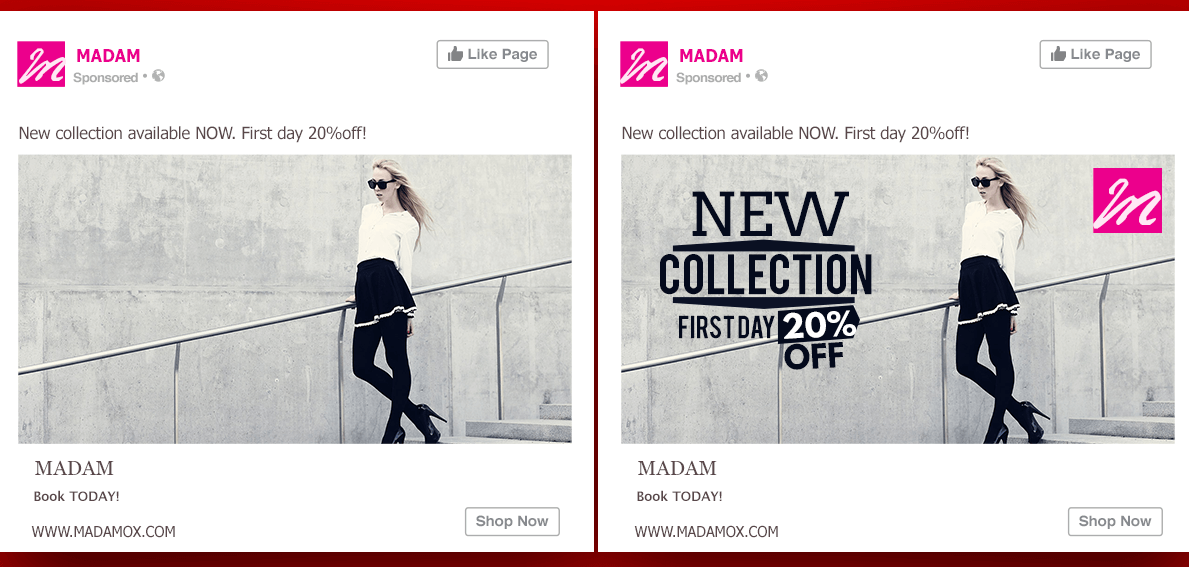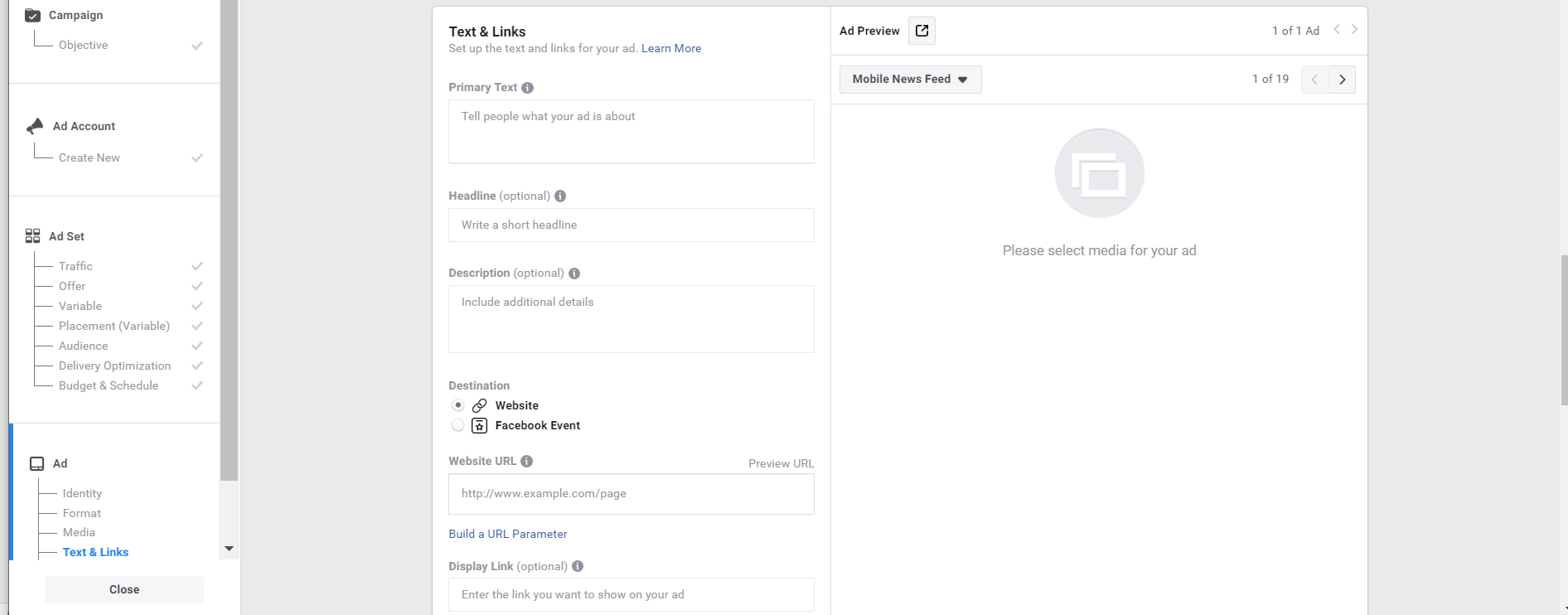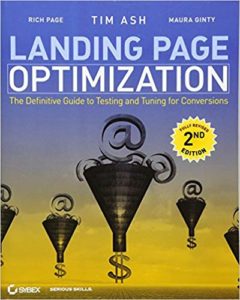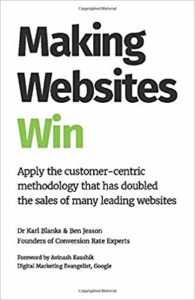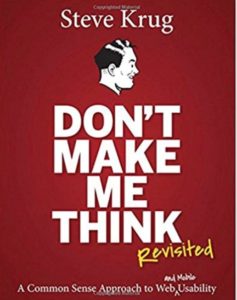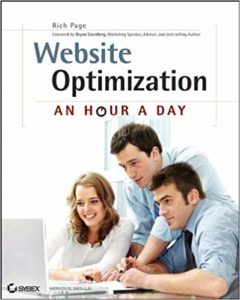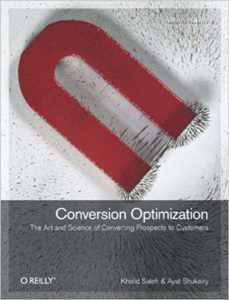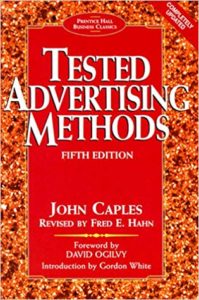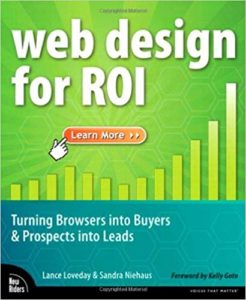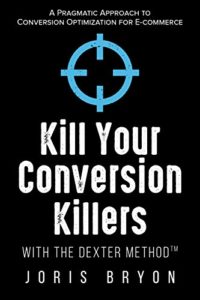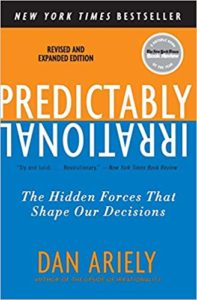Did you know that 90% of the time people spend on their phones is in mobile apps? Creating an app for your business is a great way to ensure that people can easily find your services right on their phones.
However, a lackluster app can sour your relationship and brand image. Regular usability testing of your mobile app helps you see how this handy marketing tool can be improved.
Read on to learn how you can conduct high-quality usability testing for your mobile apps.
Good Usability Testing: The Benefits
Usability tests for mobile apps are designed to observe test-subject users while they use your app. The purpose of testing is to measure the app’s user-friendliness and learn about how it can better support your brand’s key marketing objectives.
Usability testing helps to ensure that your app is adding value to your business, as well as meeting the expectations of the final users. Ensuring you have good usability for your mobile app will help your business improve customer satisfaction, decrease time on customer support, and increase your sales and revenue.
Seven Steps to Run an Effective Usability Test
Decide on your Objectives
First and foremost, come up with specific objectives for your usability test. When designing your objectives, keep the five usability attributes in mind:
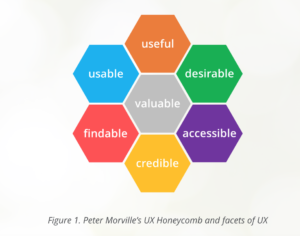
Once you have the big idea objectives, nail them down to specifics.
One objective could be determining what aspects users enjoy about your mobile app. Perhaps they find it easy to use, or they like the colors you’ve assigned. Another objective might be seeing if a new feature helps or hinders users from completing a specific task.
Whichever way you decide to do it, make sure you have some core objectives and some flexible ones. Core objectives should be questions you ask every time you run a usability test. Flexible objectives are ones that depend on new updates or changes that didn’t exist before.
Design the Tasks
Next, it’s time to design the tasks that you’ll ask your users to do. There are a few key guidelines you should follow when designing usability tasks.
First, even if your mobile app is still in development, remove placeholder text like “lorem ipsum” with a draft of what should be there. This will help you get a better sense of how people navigate the site and decide which information is important. If they see placeholder text everywhere, you’re not getting a good sense of how they weigh the information presented to them.
Avoid providing clues in your instructions. Offering extra hints and tips might lead them to take actions they wouldn’t have otherwise figured out.
Before you run your test, check that there isn’t any ambiguity in your instructions. If you leave instructions up to interpretation, your results might make it seem that your app isn’t user-friendly.
Choose Between Lab Settings or Remote Testing
There isn’t one right option when choosing between a lab setting or running your test remotely. However, there are pros and cons to each choice.
You don’t need an actual lab to run a test in a lab setting. This just means that you’re running the test yourself in a controlled environment.
In Lab settings, you have the benefit of gaining extra observations. Even small things like hesitation or scrunched eyebrows can tell you a lot about their user experience. You also gain complete control over their experience and the environment in which the test is conducted.
One downside of lab settings is that you risk muddling the results with the framing effect. If you accidentally ask a question in a leading way or provide too much information, you’ll end up getting results that reflect your knowledge and experience with the app – instead of your users.
The advantage of remote testing is that you don’t need to schedule a time and place to host your users. The users do the test on their own time, and you get sent the results, which saves time for your team. And like we mentioned, remote testing is a great way to avoid the framing effect.
There is a range of testing tools available for mobile UX, so be sure you choose one that supports the measurement of your key objectives.
Ready, Set, Run the Test
Now that everything is ready, it’s time to run your test. There are a few different moderation methods you can choose from.
One option is to ask your participants to think out loud as they work through the tasks. “Oops, didn’t think it’d do that” is great feedback. If you’re running a test remotely, this can give you extra information about their thought process. One downside to this is that having to speak out loud might be a distraction or cause the user to complete the test slower than they would otherwise.
If you’re doing a lab test, you can take advantage of being in-person to ask them questions as they progress. However, it’s important to ask questions in a non-judgmental and non-leading tone.
Finally, you can moderate retroactively. This type of moderation asks your user to watch a replay of themselves and explain their actions, or you ask users to elaborate on certain decisions they made.
Organize and Analyze Your Data
Now that you’ve collected your usability data, it’s time to organize and analyze it. Drawing meaningful conclusions is arguably the most important step to boost the impact of your testing.
It’s best practice to review the testing sessions one at a time. Look at all the materials you have for that user, including notes on recordings, transcripts, and other info you might have.
Organize your data in an easily digestible way. Some standard categories for reporting might include the user’s name or ID number, task title, and encountered problems. You might also want to categorize problems for easy sorting – confusion, broken links, or disappointment might be some examples.
Regardless of how you choose to analyze your research, don’t forget to look at both quantitative and qualitative data. Quantitative data is great for giving your app an overall scorecard and providing summaries to higher-ups. But, keeping the qualitative data is important for remembering the details of your testing.
Work to identify positive trends and patterns, as well as challenges and roadblocks that your users faced. Be sure to cross-check your data against different metrics to help reveal if certain patterns only revealed themselves on certain devices or demographics of your audience.
Try to get in the habit of developing a standardized report so that you can easily compare changes over time. This will help ensure that you and your team can easily review progress and setbacks you’ve faced from your last usability test.
Time to Act: How to Improve Based on What You Learned
Running usability tests on mobile apps can be overwhelming. You receive so much information at once that it’s like drinking from a firehose. The first step to avoiding feeling totally overwhelmed is to prioritize your feedback.
Look at your data and choose which aspects should be the biggest priority. You can rank priorities from one to ten or categorize them from low importance to critical. Distribute these tasks in order of importance.
Take careful notes of what your team achieves and what still needs to be completed before the next test.
Which brings us to…
Plan Your Next Test
For salespeople, the slogan is “ABC – Always Be Closing.” For developers, it’s ABT – Always Be Testing.
Usability testing should happen on a regular and scheduled basis. These tests can guide choices for new design features, and updates to improve functionality.
Based on what you learned from past usability tests, you should check that major issues from before have since been resolved. Through A/B testing, you can test your newest update to your older version.
Regardless if your mobile app is in development or you’re undergoing an update, you should keep an eye on competitor mobile apps. This can help you stay ahead of the curve and keep up with usability expectations for your industry. It can also inspire changes that take advantage of the familiarity principle.
Getting feedback on the usability of your app can be a difficult pill to swallow. It’s important to remember that a lot of feedback means you ran a successful usability test, and not that your app is a failure. Every test you run will bring you closer to perfecting the user-experience and supporting larger business goals.








